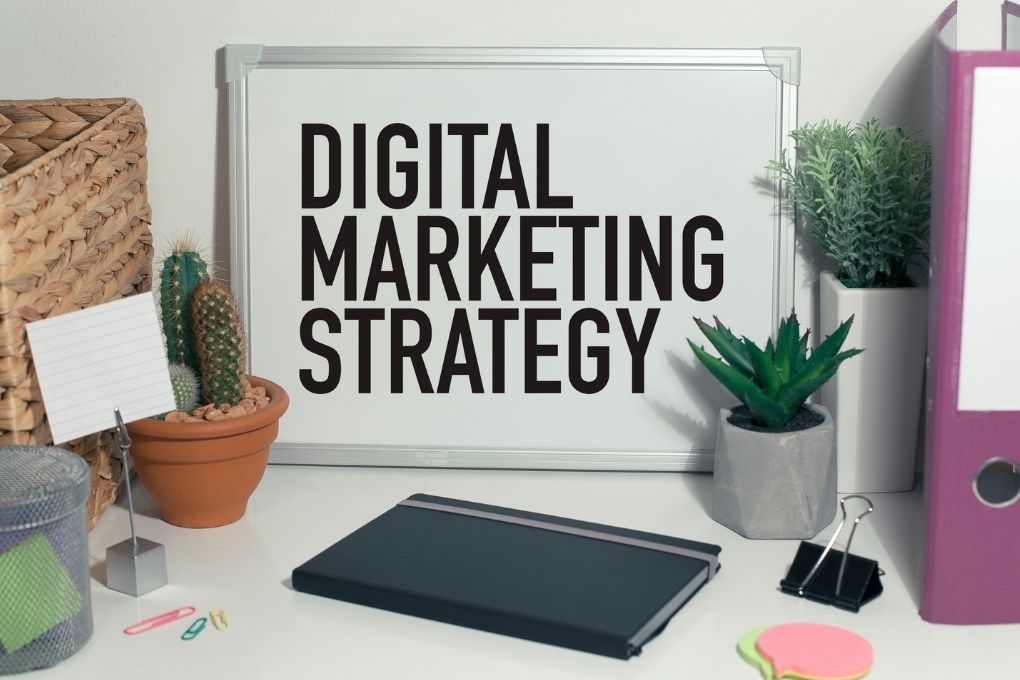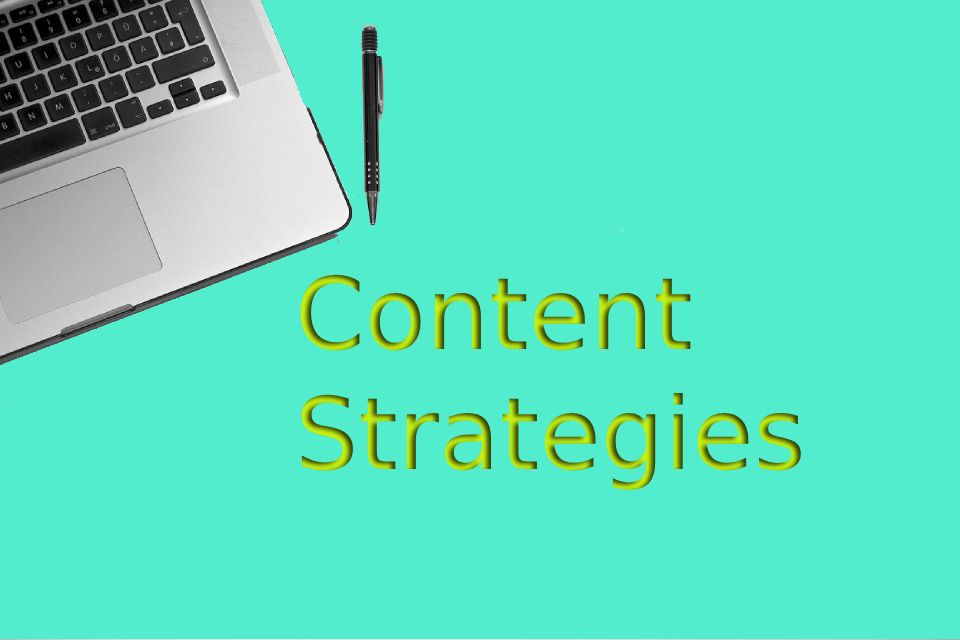If you already know it, you will have seen that it is a very practical format, since we can consume a large amount of content without diverting attention from other tasks: while we are on the subway, doing sports or, if you are multitasking, during the day. labor.
In addition, it is a type of format that is not yet being used by many companies, so it can give us a competitive advantage, even transferring an image of innovation to the brand.
On the other hand, with the rise of smart speakers (such as Google Home and Alexa), it promises to be a type of content that is going to experience a great revolution .
For this reason, it is essential to add this variable to all our in/outbound marketing and content strategy. And said like that, it sounds very easy. You may even have thought “excellent, I’m going to do it…”. But do you really know everything that the creation of this new format implies? Let’s start!
Do They Hear You Or Listen To You?
Many times the rush plays tricks on us. That is why I do not want to fail to mention the need to make a good buyer person . Only later, we can think about the content strategy that may be interesting for this buyer persona, so that they listen to us and not just hear us. In this way, we will ensure that this new channel is successful and lasting.
First, we must take one thing into account: it takes less time to listen to a podcast than to read the same content in an article. In addition, being able to be consumed while we carry out other tasks gives us the possibility of connecting with the user for much longer. This poses a very specific challenge to content creators: to create common threads in the purest radio style, combined with the objectives and traceability of digital analytics (fundamental, as always). Otherwise, content in this format will suffer in the long run if it doesn’t have a good strategy behind it .
For all these reasons, I recommend that you make a list of topics with potential interest for your buyer persona. You can always support yourself with content that you have already created on your blog, RRSS or other media, although we should not be tempted to create the same content for this channel as for the rest . If we do, we will be cannibalizing our communication formats instead of them being contributory and able to nurture each other.
When it comes to creating topics, you will first need to think about what you are looking for with the creation of this new channel. The options are multiple and, of course, not exclusive. We can use it to attract new customers, retain those we already have, make a call to action towards something specific…
To open your mind about what topics you can talk about, you can access free tools such as Google Trends or the simple Suggesting toolbar of Google. However, if you want to delve into this topic, I recommend that you read this article better.
Once we have decided on the content, we start recording.
And now that? How do I upload this content?
Where Do We Upload Our Audio Content?
To begin with, once we have our audio in MP3 format, we have to upload it to the cloud. In this sense, we have 2 options: store it on our website or on a podcast hosting server . After uploading it, the so-called RSS feed or source will be generated that will help us include the content on different platforms. In this way, every time we make a change to our audios, it will be automatically updated in all the applications (instead of having to go one by one).
The decision is complex. Pay an additional server to host your content or do it on your website. And you will think, “on my website, I have already paid for it”. But, for this, you have to analyze what the weight of your audio is going to be and how many you are going to generate, since it can overload the server and end up penalizing the load .
If we decide on a separate server, there are of course freemium models. One of the best known today is Ivoox. But I recommend that you study all the possibilities and choose which one best suits you and your pocket.
Once this step is decided, we can move on to the next one!
Where Can I Share My Podcast?
One of the most famous aggregators today is Spotify . It is the platform with the most users and with which we will gain greater visibility. Here you can share your content: https://podcasters.spotify.com/
But there is much more world after him!
For example, there is Google Podcasts where we can enter our audio content so that it ranks better in the search engine (later I will talk about SEO with this format) and appear in a rich snippet. In addition, we can be played on smartspeakers without the need for the mobile to be connected to any app.
To do this, if you already have your RSS feed, you only have to enter it on the official Google platform: https://search.google.com/devtools/podcast/preview
Last but not least: Apple Podcasts. It is the oldest and largest podcast aggregator in the world. To upload our content, we will only have to go into iTunes podcasts and follow some steps similar to the previous ones.
And before finishing, the fact of uploading our podcasts on the most important platforms does not mean that we stop sharing them on our website as well . One way to do it is to create a different section, such as the blog, where you can link all the content that you are generating. In addition, in it, we will be able to put direct access to the different platforms (Spotify, iTunes, etc.) and let the listener choose which one they prefer to listen to us on.
And After All, The Important Thing: How Do I Position My Podcasts?
The audio description is essential to create a desire in your listener to listen to you but, in addition, we are going to use it to influence SEO.
We can also accompany it with a striking image to capture attention, which we will position again, helping the SEO of the podcast.
To create our RSS, we will need to use a set of HTML tags to give Google information about what the content is about. Some will be at the chapter level (individual podcast) and others at the series level (grouping of chapters). If you want to know what they are, I encourage you to take a look at the information that Google gives us and the requirements .
Closing this article, I offer you this reflection: we have already talked several times about Voice Search and the relevance it will have in the coming years. How do you think a good podcasting strategy fits into future digital marketing strategies? I invite you to discover it in our next event on the importance of Artificial Intelligence in Marketing.
Also Read: Artificial Intelligence – The New Great Ally Of Marketing





